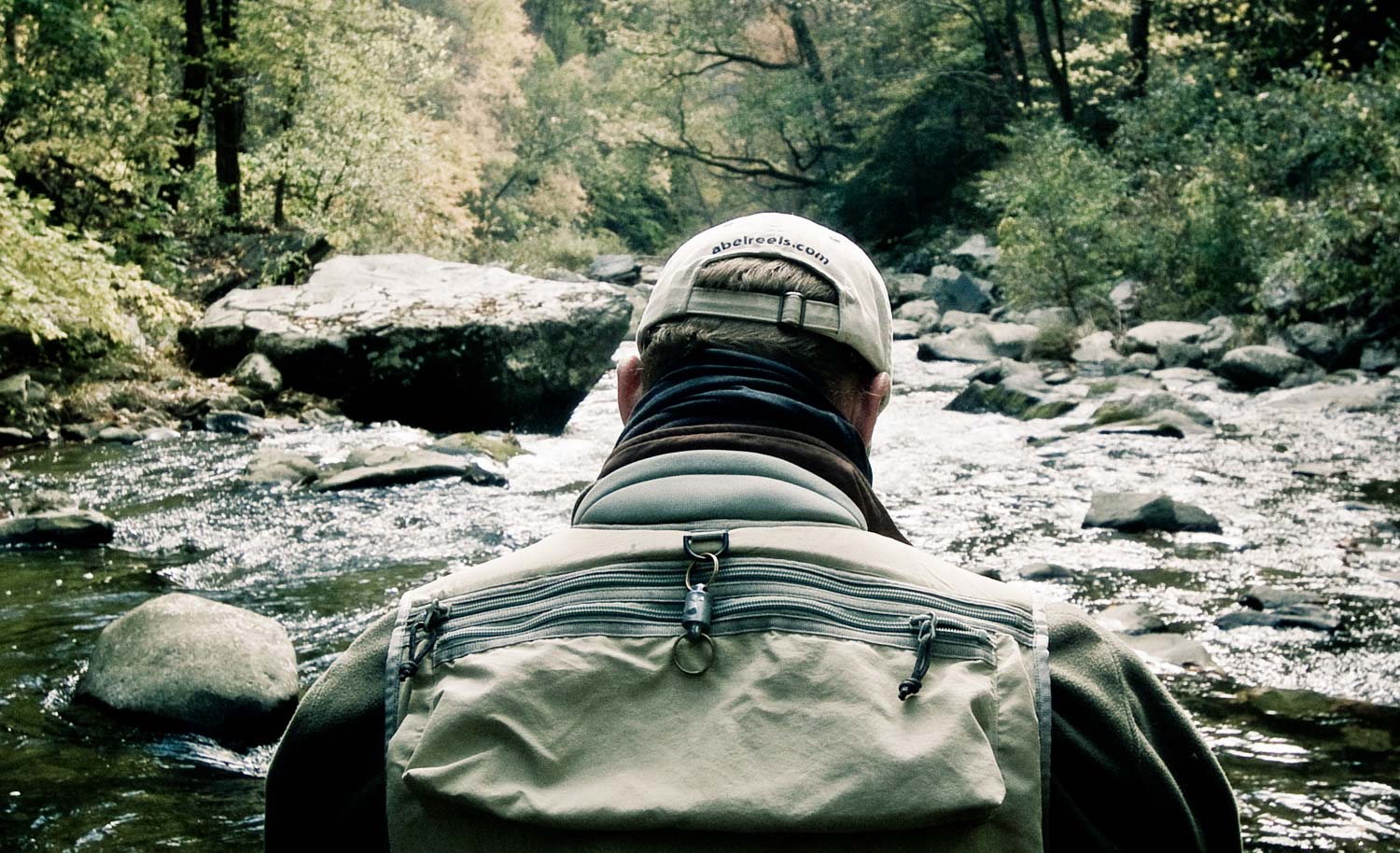
Photo by Louis Cahill
By:Alice Tesar
A couple of tips for successful fishing in November.
A frequent customer stopped into the fly shop early September announcing that he had been greatly enjoying “Adult Summer.” Adult Summer is more commonly referred to as the nation’s fall season. Children are back in school for 6-8 hours a day and parents, in this man’s case, can have a bit of flexibility over their lunch breaks. So sip your coffee slowly, eat a hearty hash breakfast, drop the kiddos at school, and continue to take advantage of Adult Summer into the winter months.
The most wonderful part of November fishing is that the fish don’t begin eating until later in the morning. I like to get on the water just after the sun has danced across the water. Air temperature should be 45-55 degrees Fahrenheit before you get on the river. Freezing nights push the fish into deep pools and slow water to conserve energy. It’s only as things warm up in the day that they become more active and hungry. Streamers, with various actions stripped through deep pools require a clean presentation but can effectively get the aggressive Brown Trout riled up. Please, avoid harassing them around redds. As for fall mayfly hatches, you should be looking for Blue Winged Olives and Mahogany Duns.
The Mahogany is one of my favorite hatches to fish, if not for its sporadic occurrence then for how the Trout eat them.
Trout feast on Mahogany Duns the same way you might approach Thanksgiving Dinner, hungrily but not aggressive or snappy. After all, it is a holiday of gratitude. The slow water of a dry summer causes the Duns to drift long distances, so Trout analyze their eats and don’t snap at every surface twitch. Hit the river an hour before hatches have been reported, to fish their nymph stage. A pheasant tail size 14 will work.
Another wonderful part of the Mahogany hatch over the BWO hatch is that their sizes can be much larger. You can take a break from size 18-22 baetis patterns and fish instead size 12-16 pheasant tails or hare’s ears. Their bodies are a red-brown and have gray wings so emergers, duns, and spinners that have that coloring can be effective. Look for the slow water, use light tippet, and avoid any slack in your presentation. Consistent throughout low water fishing, Trout have a long time to examine their equivalent of a pumpkin pie drifting down river so get a long drift and mend often. I hope you take time to enjoy your slow mornings and get fishy in that slow water.
Alice Tesar Gink & Gasoline www.ginkandgasoline.com hookups@ginkandgasoline.com Sign Up For Our Weekly Newsletter!
Sign Up For Our Weekly Newsletter!
